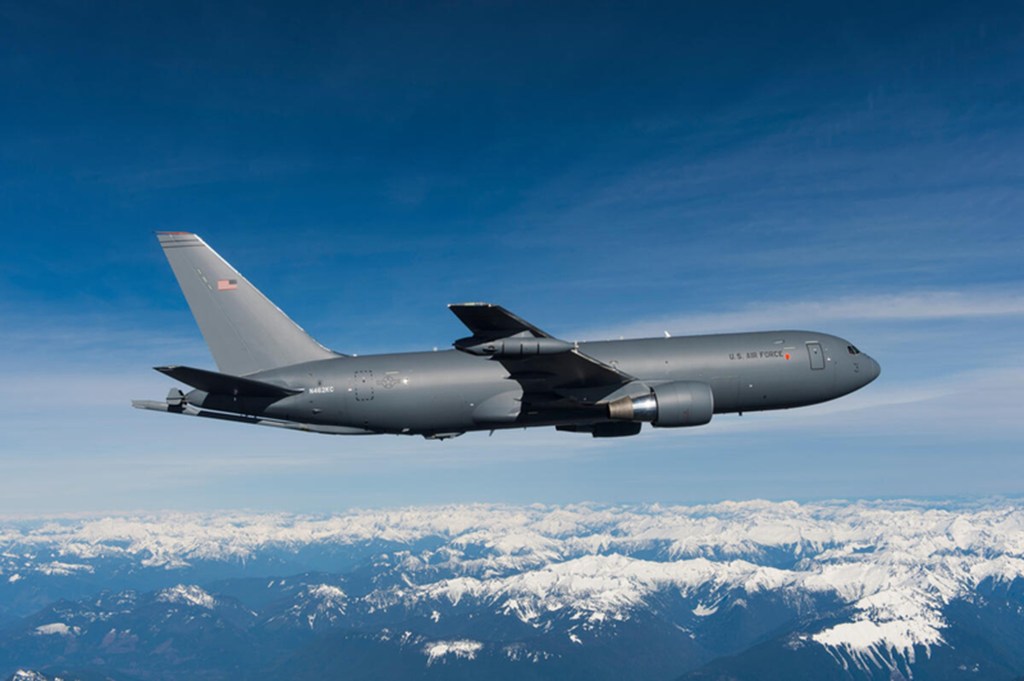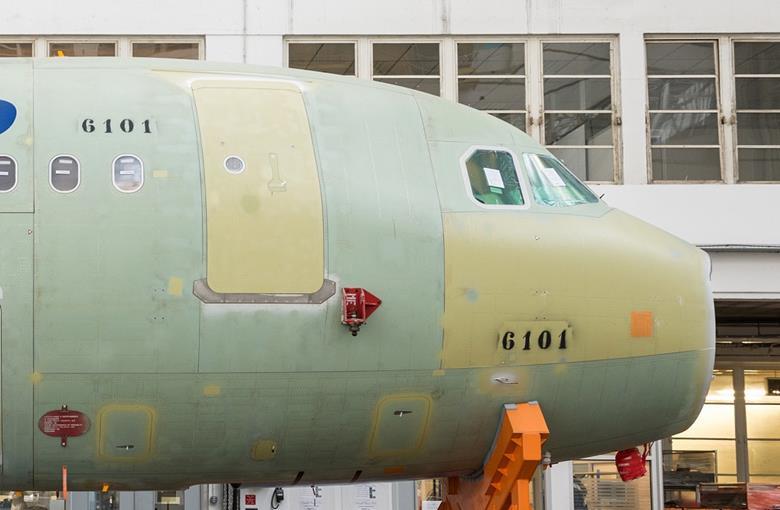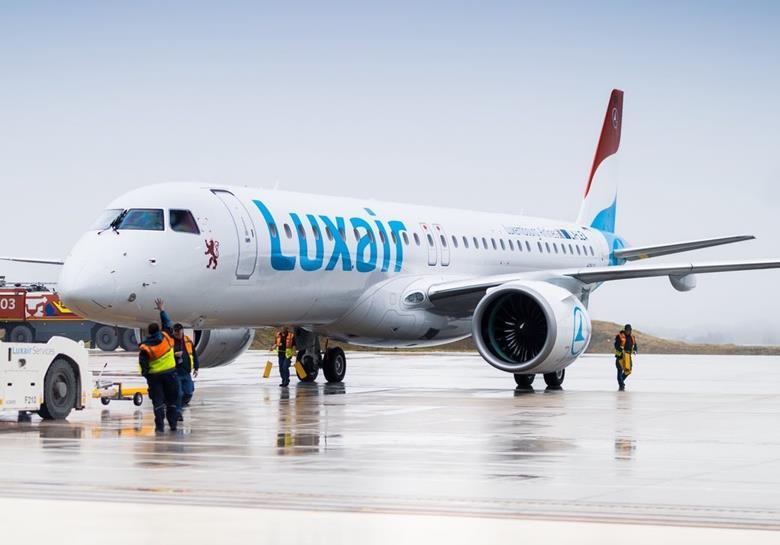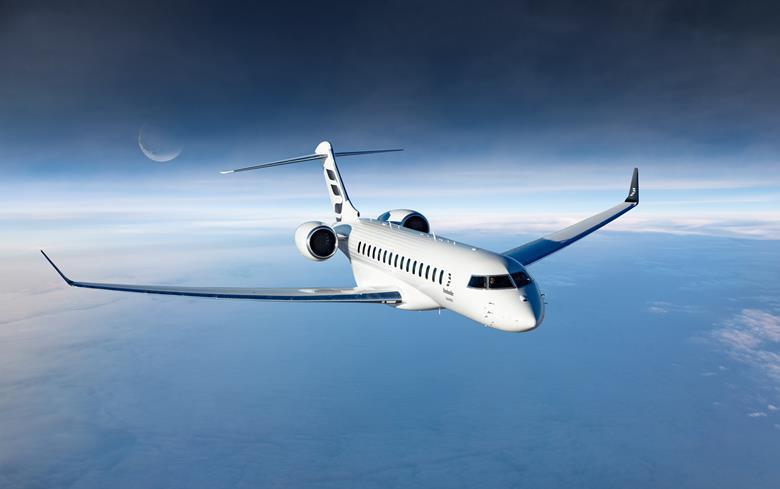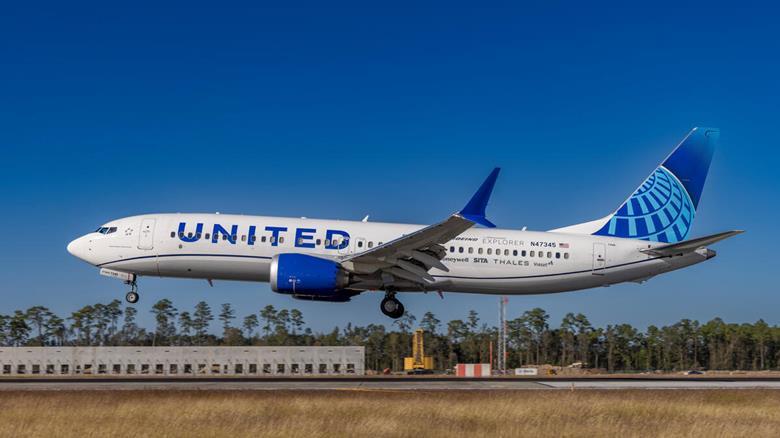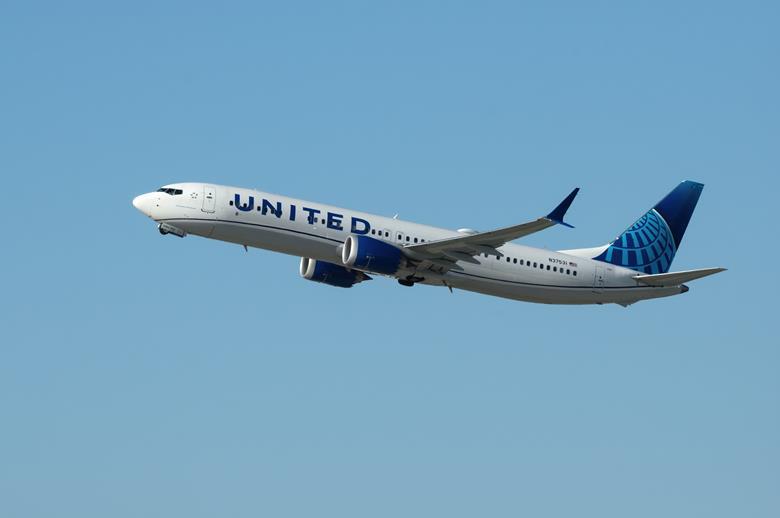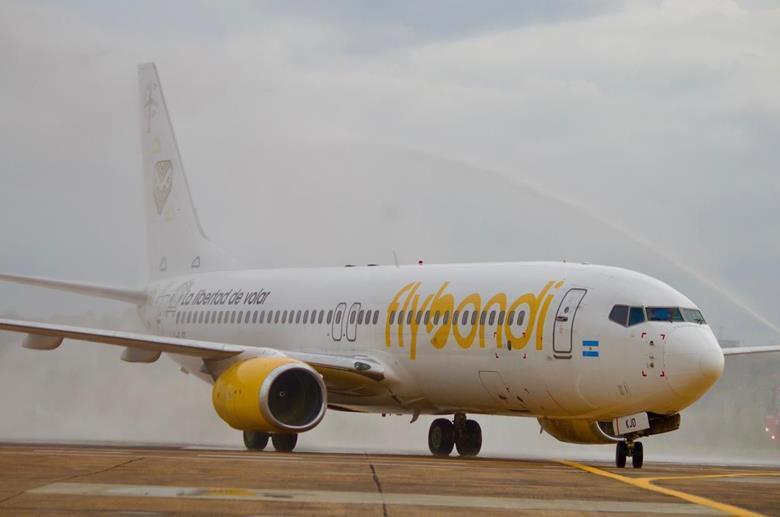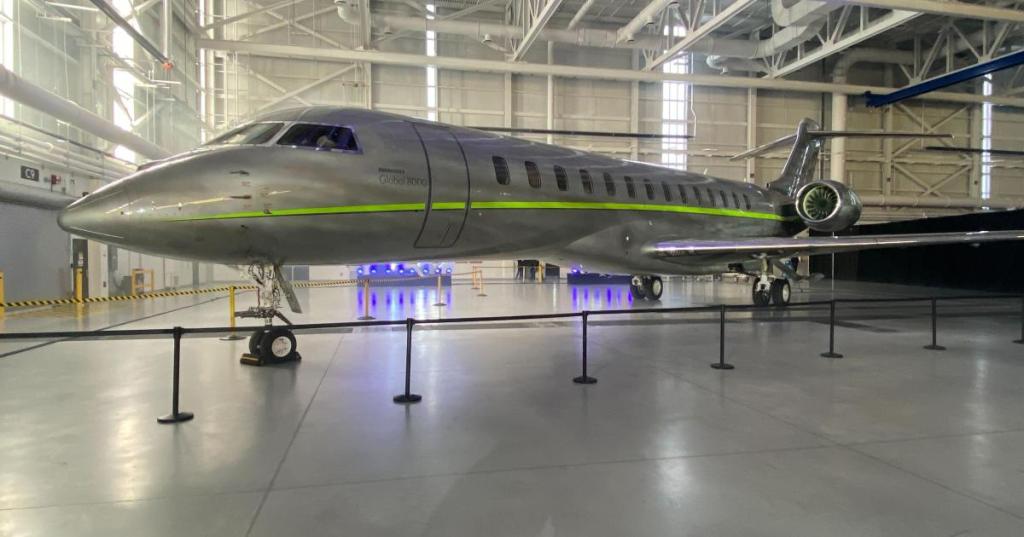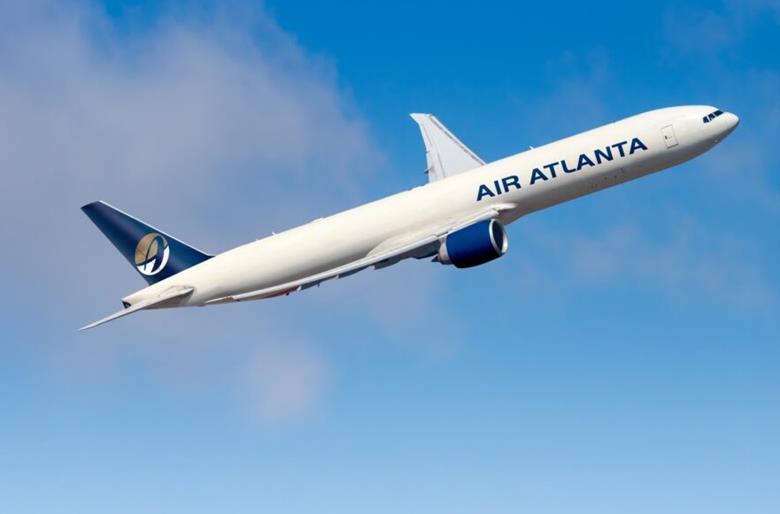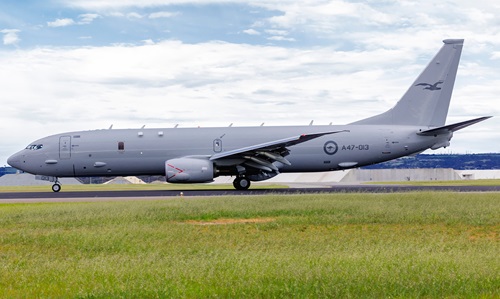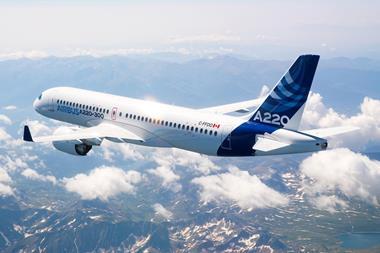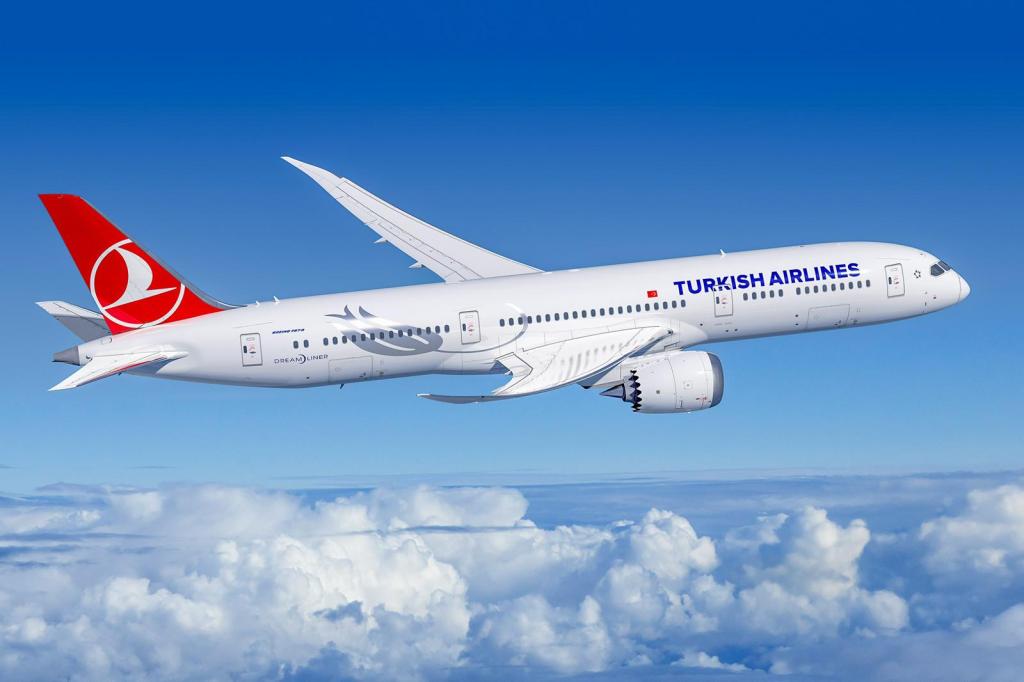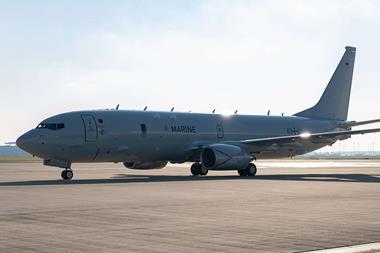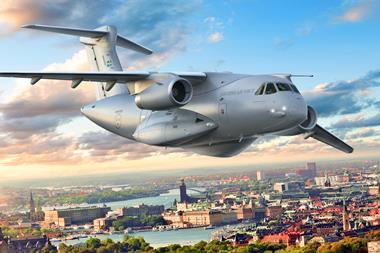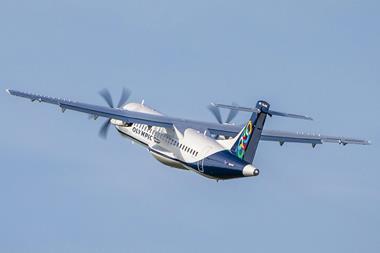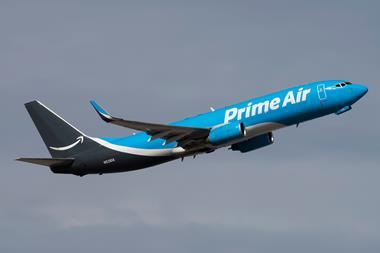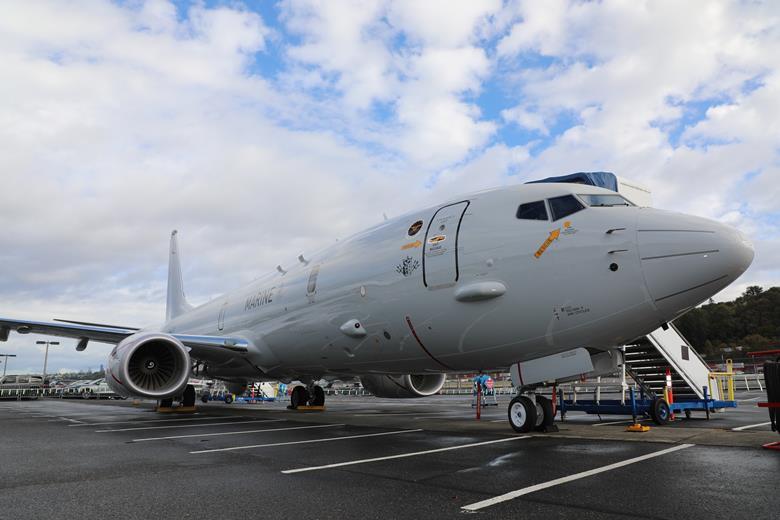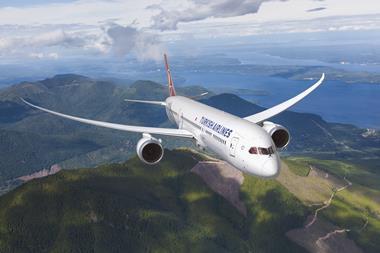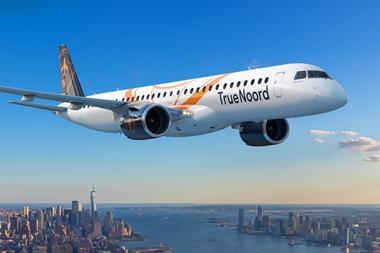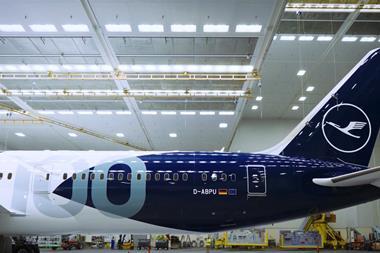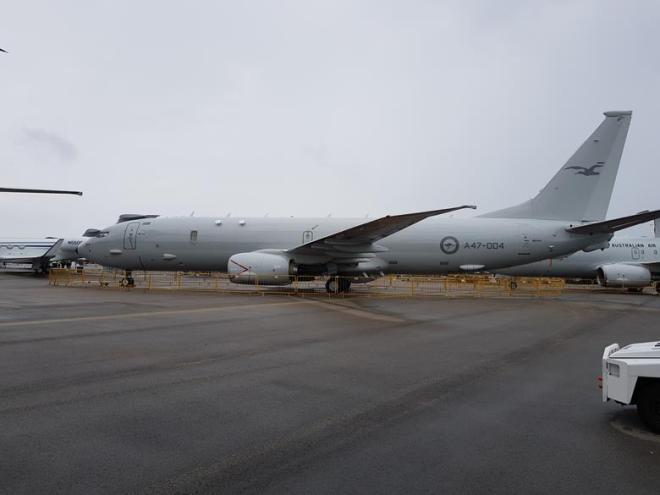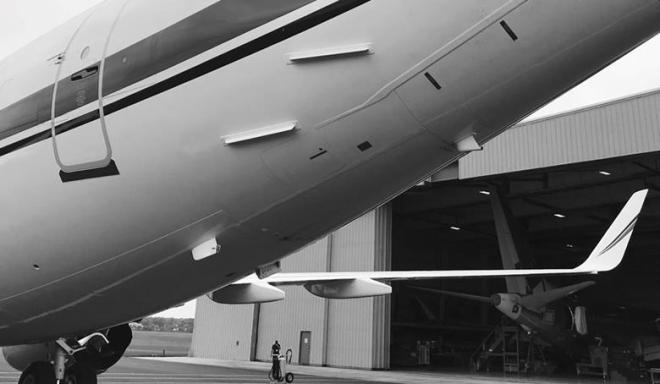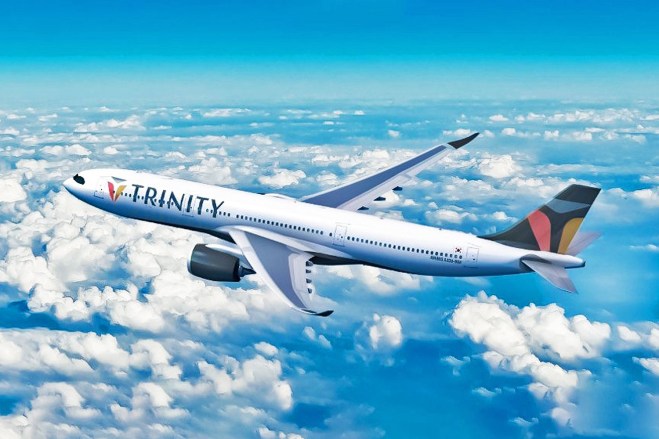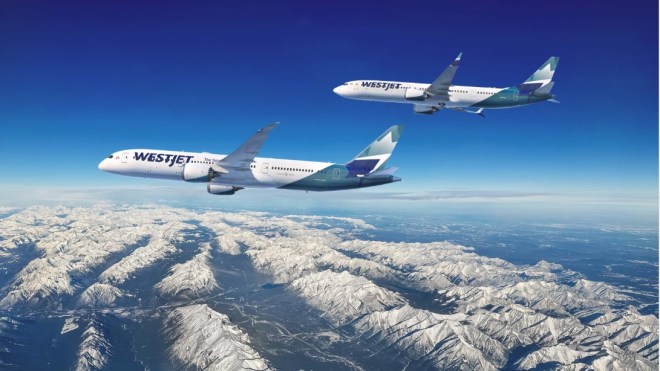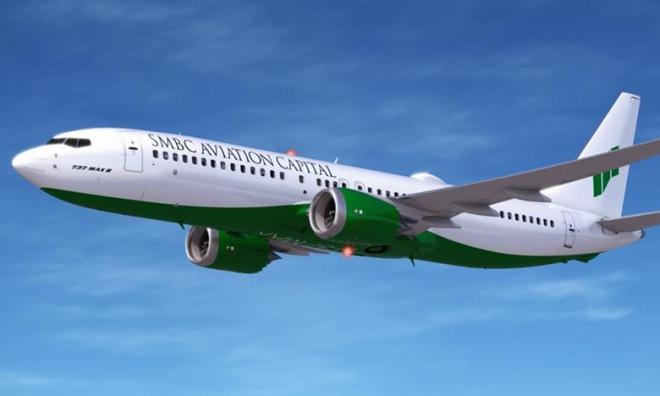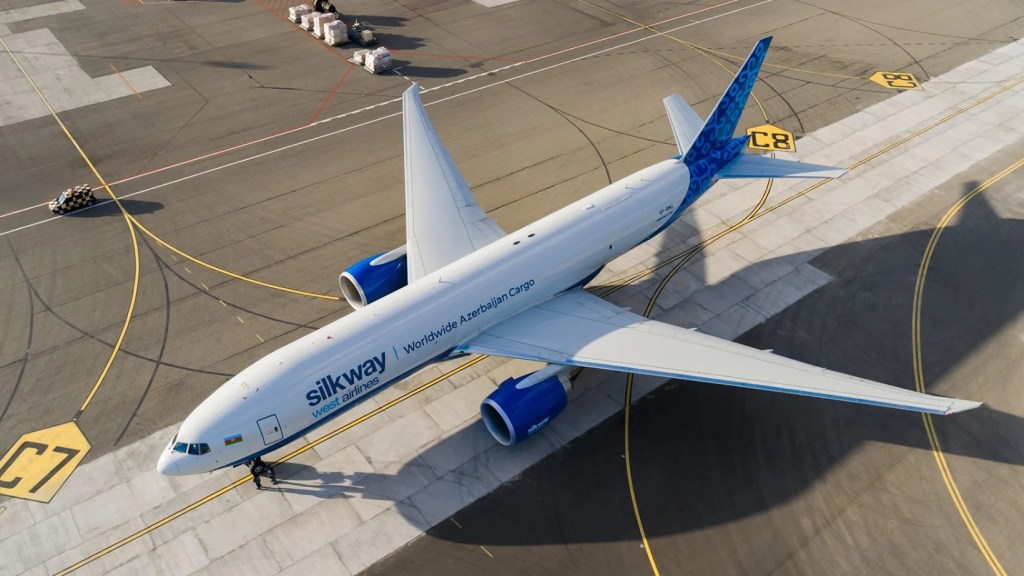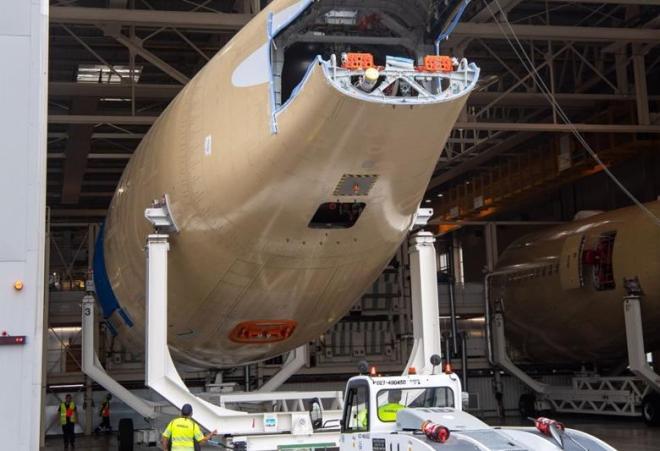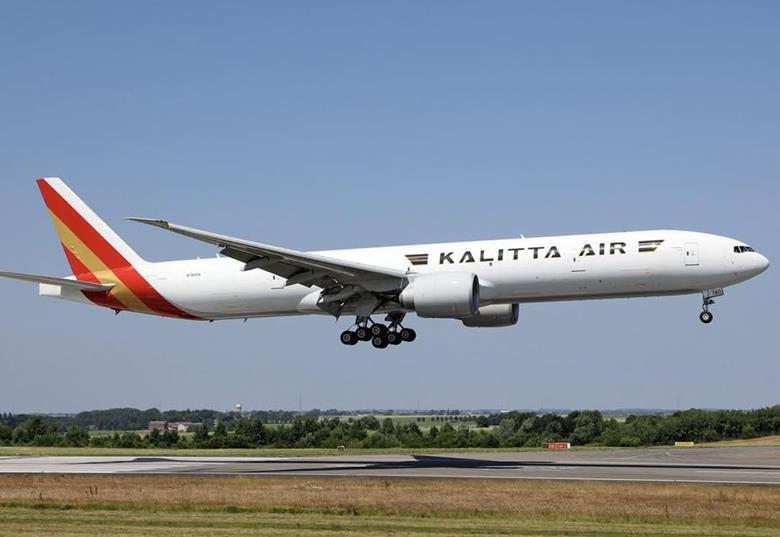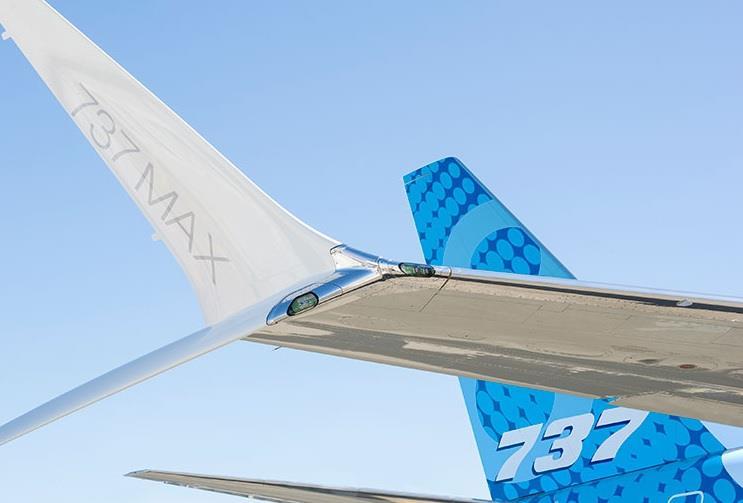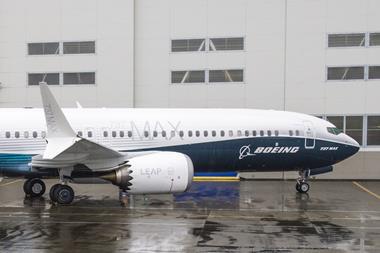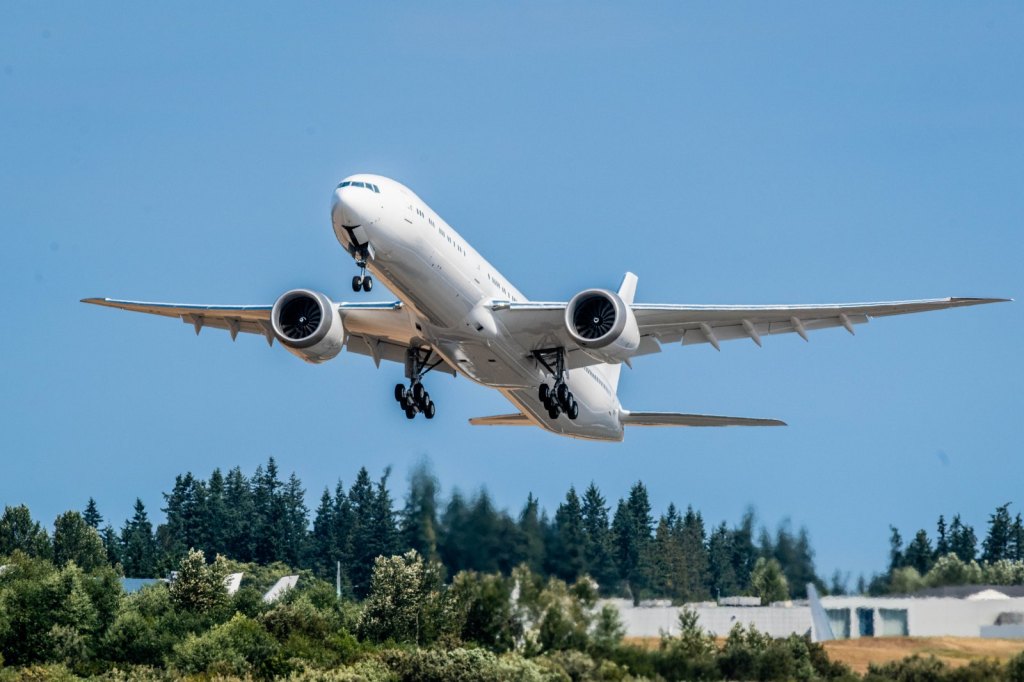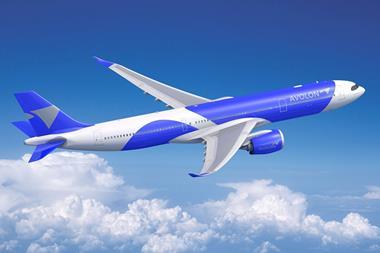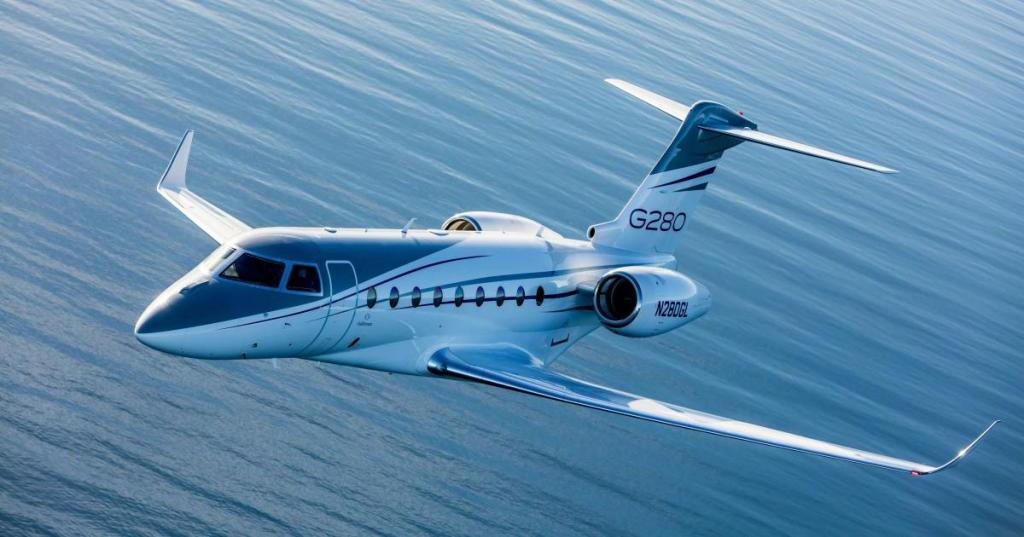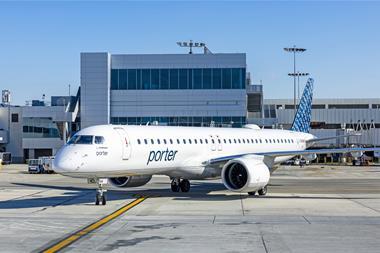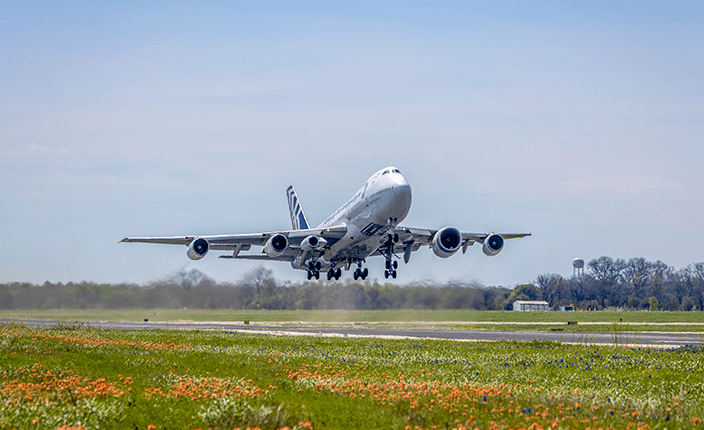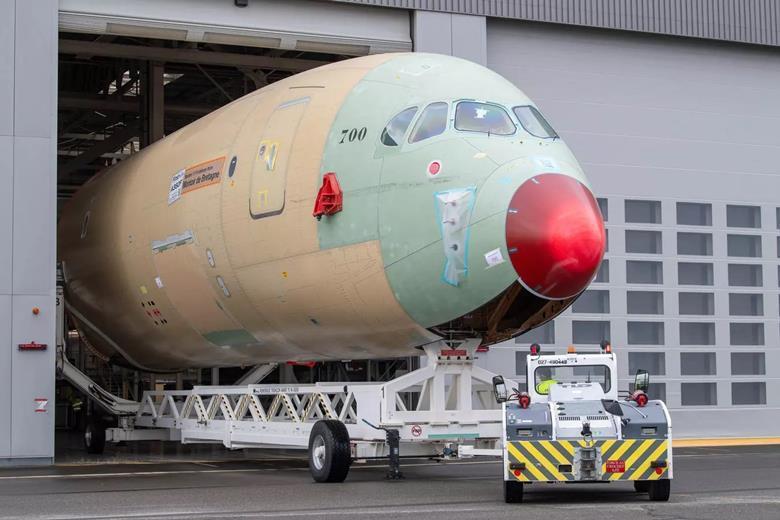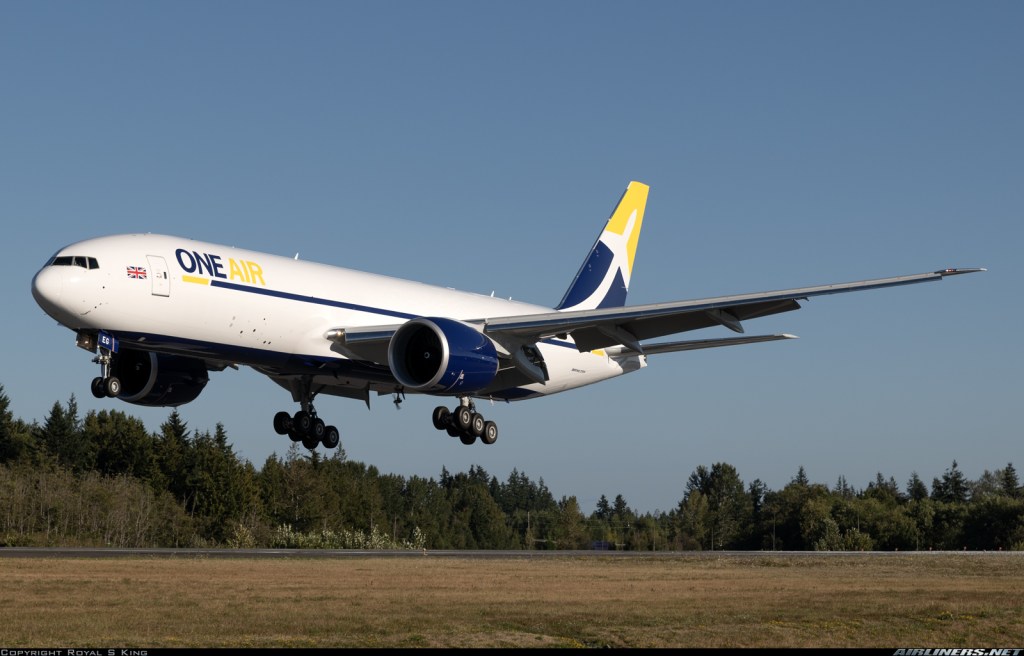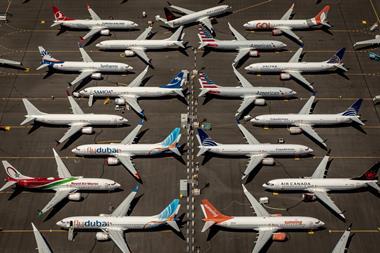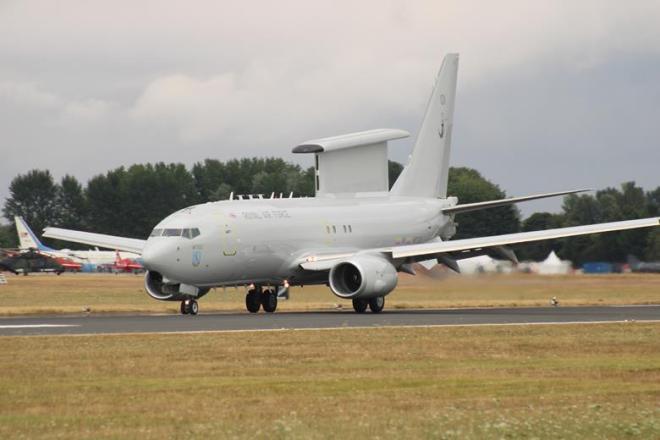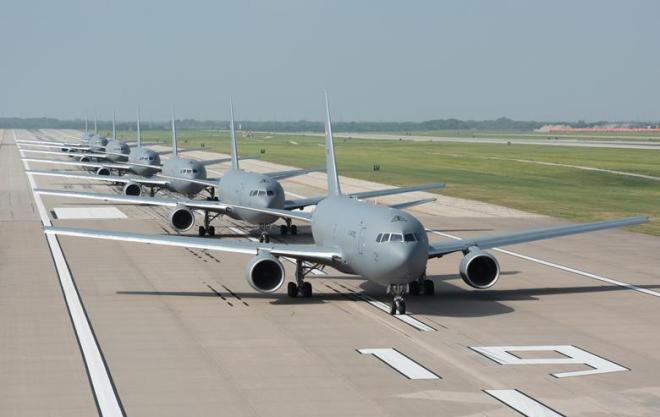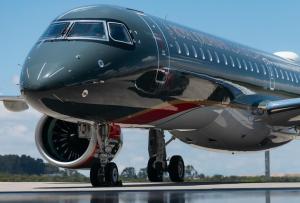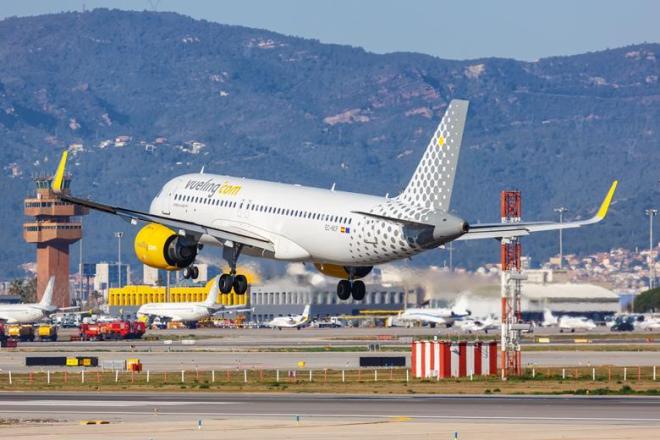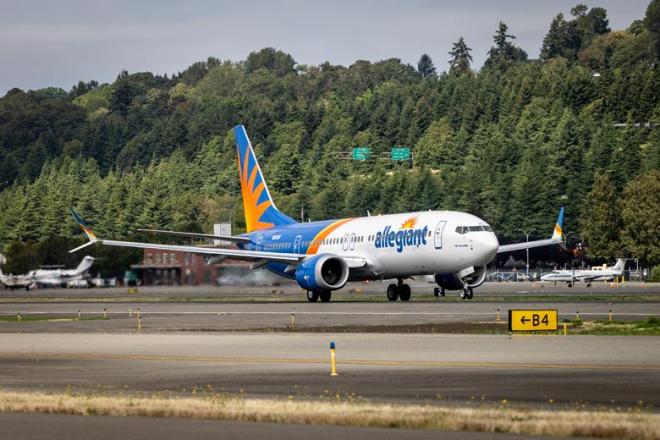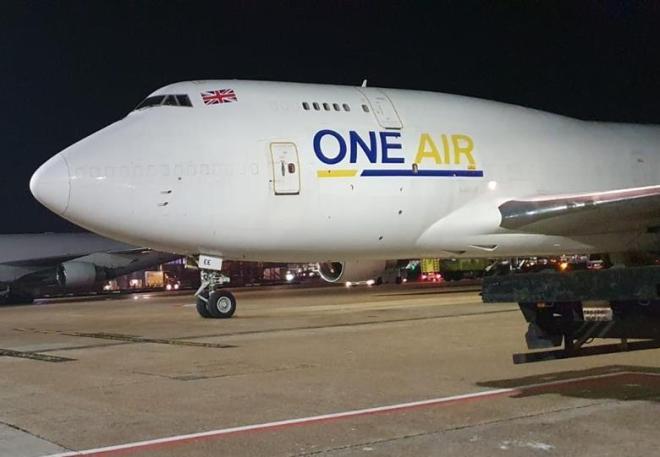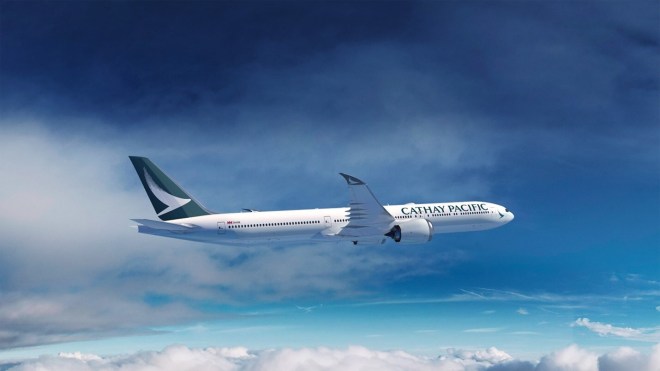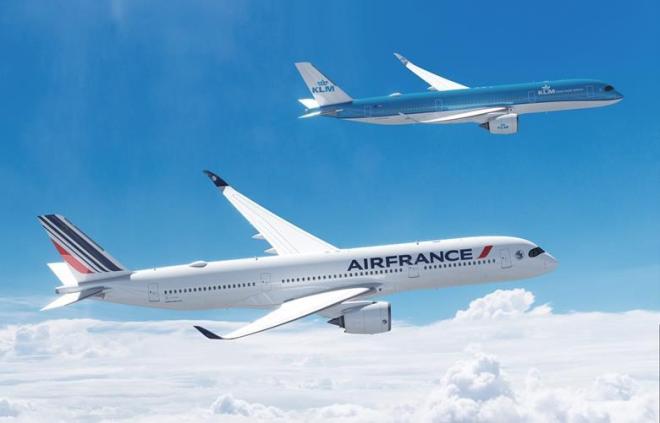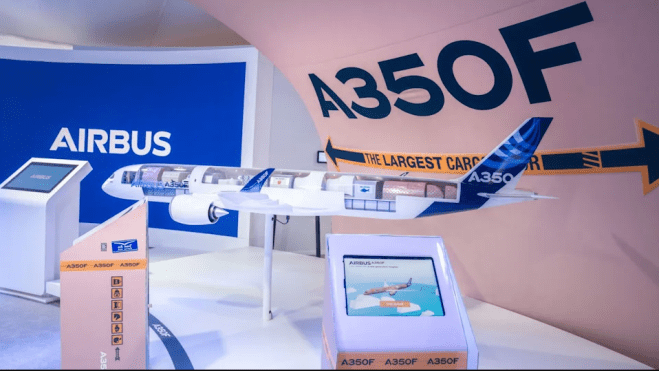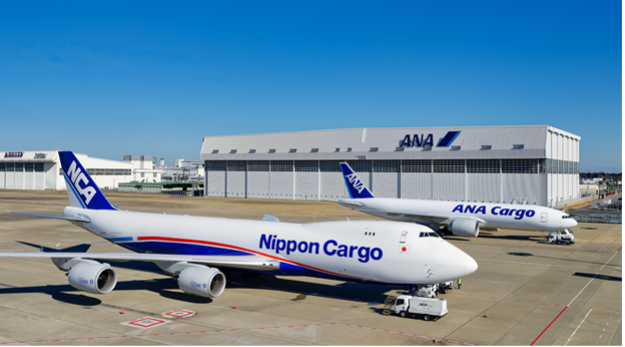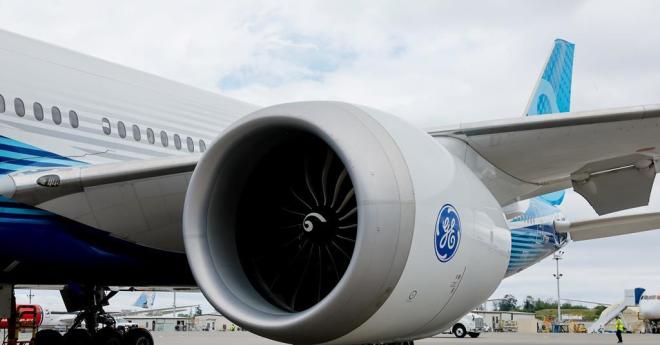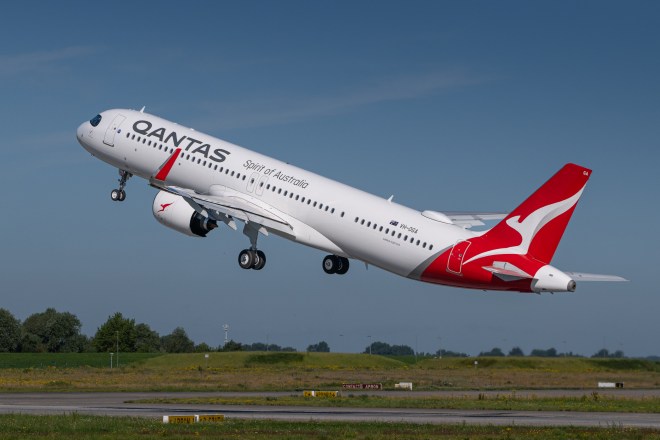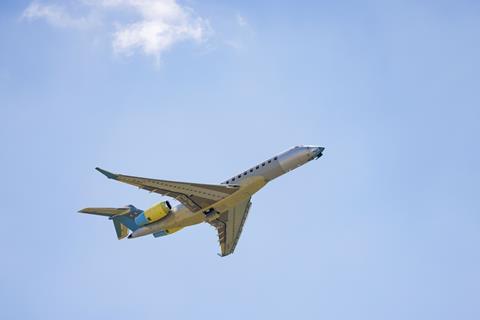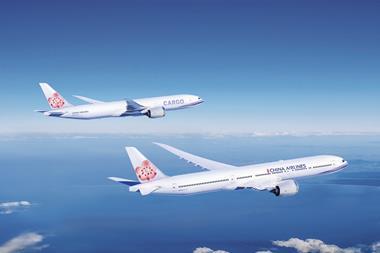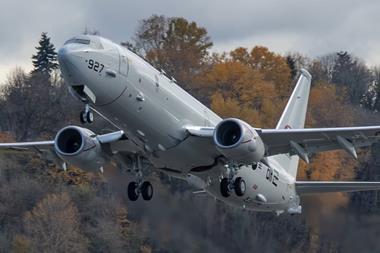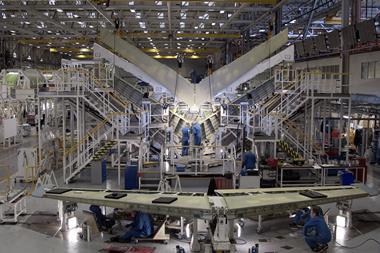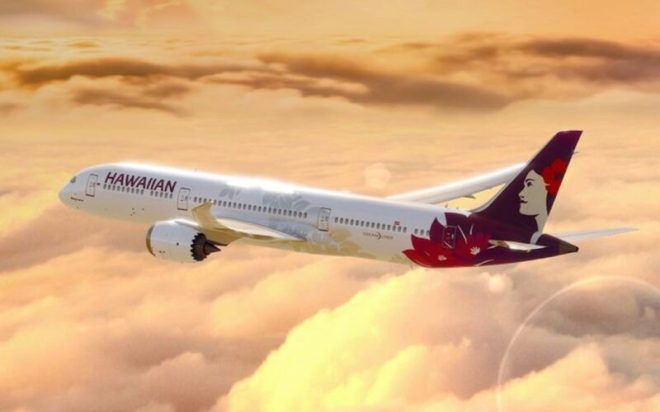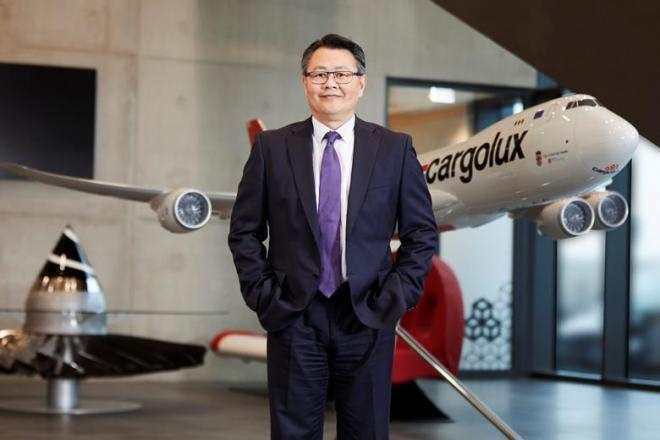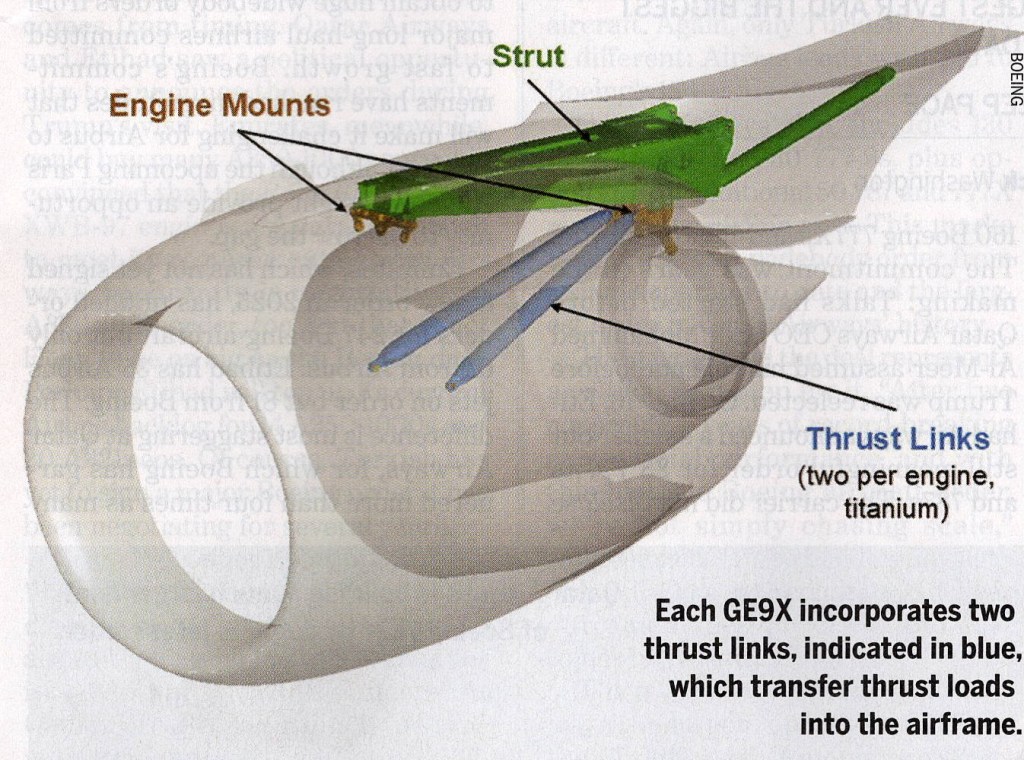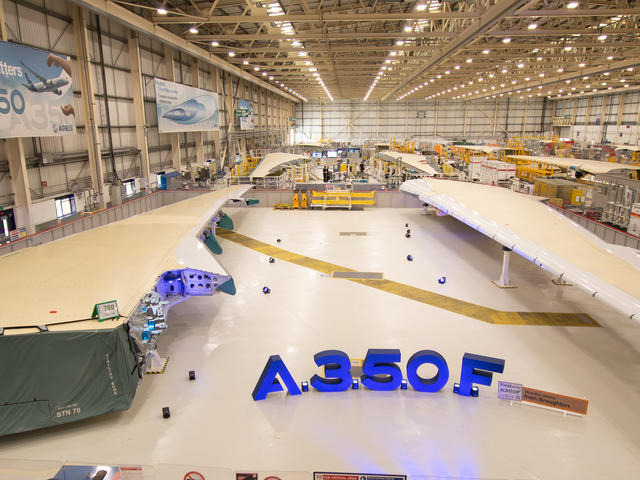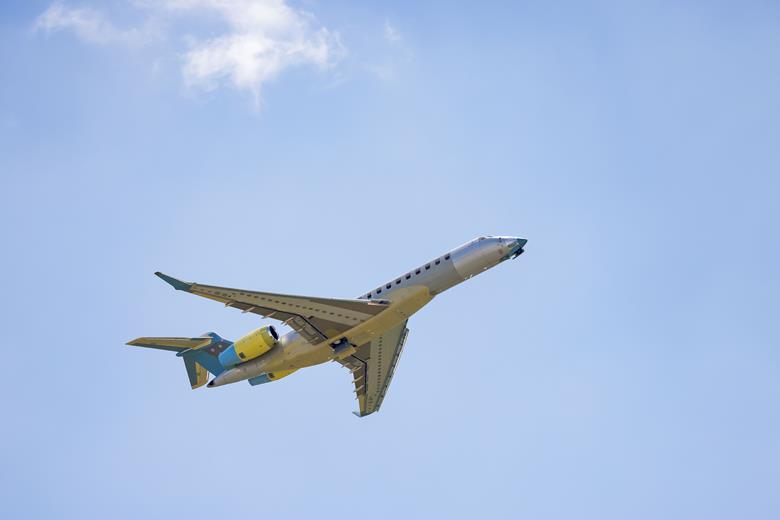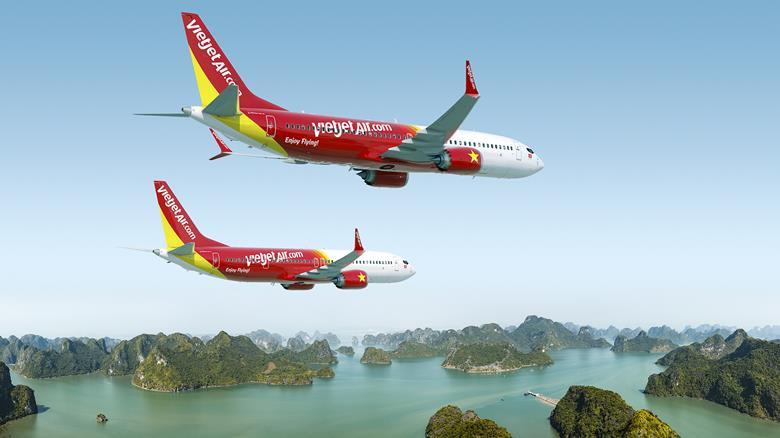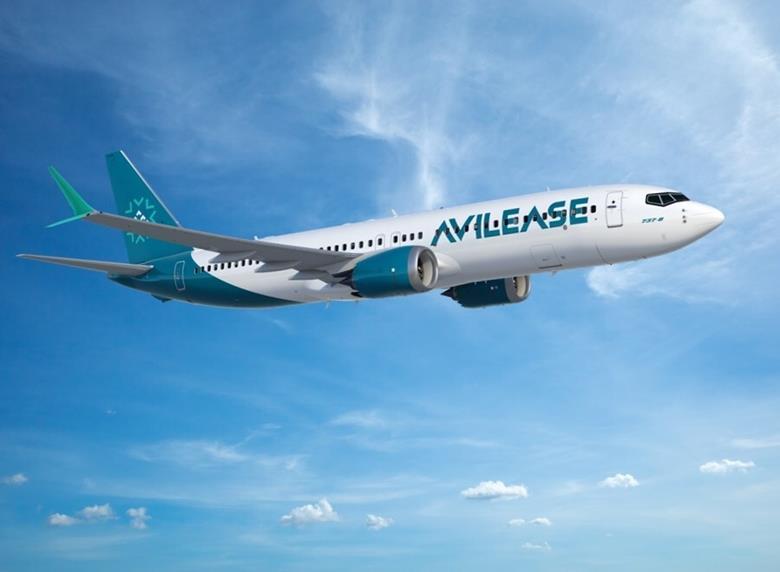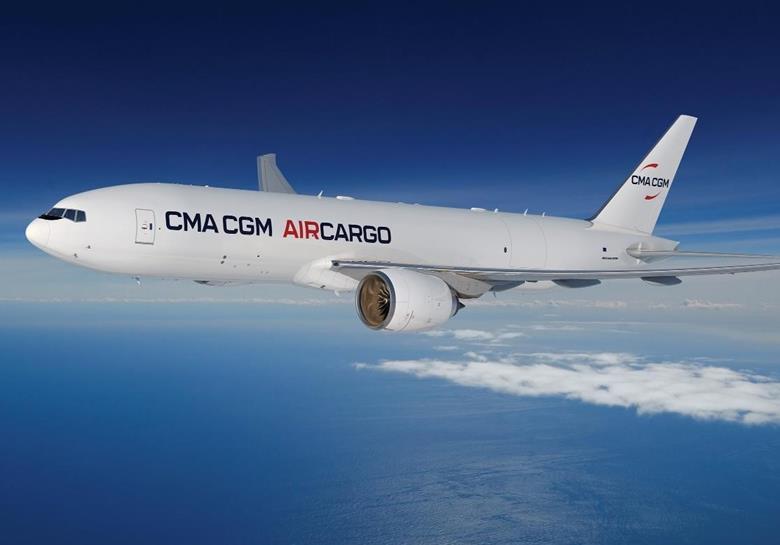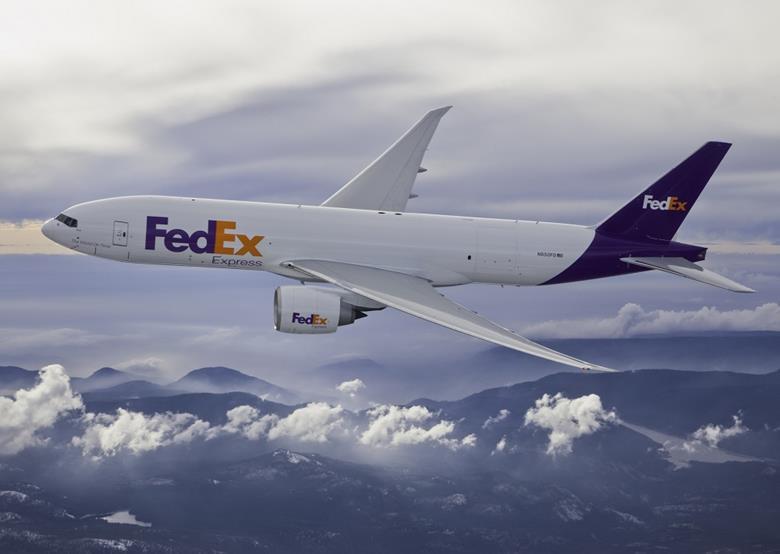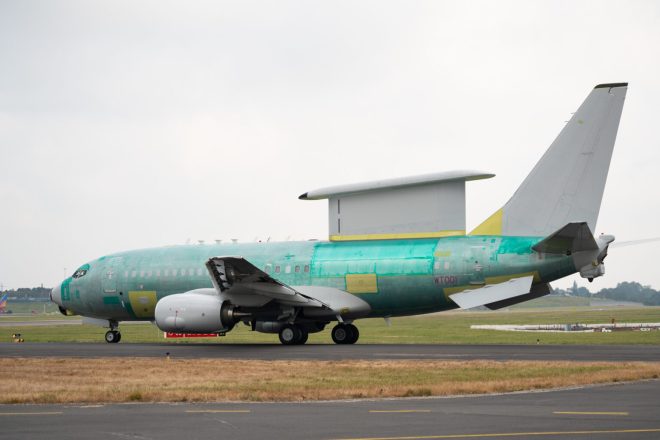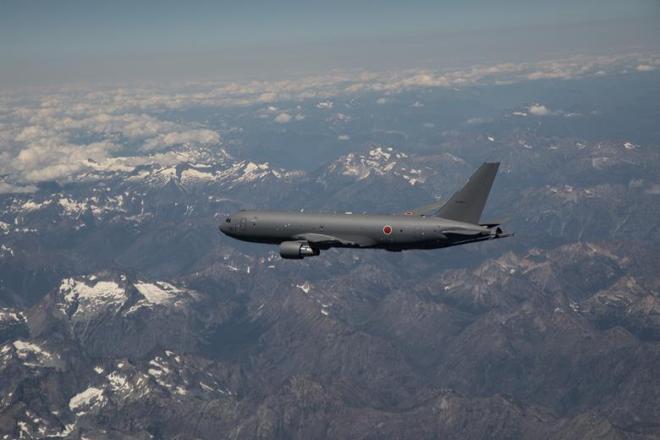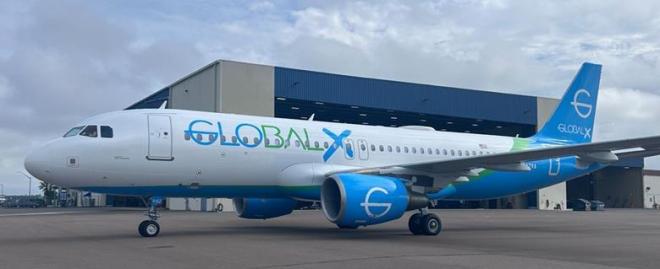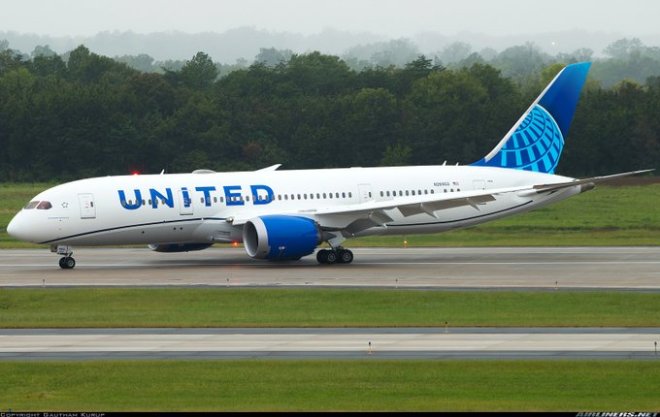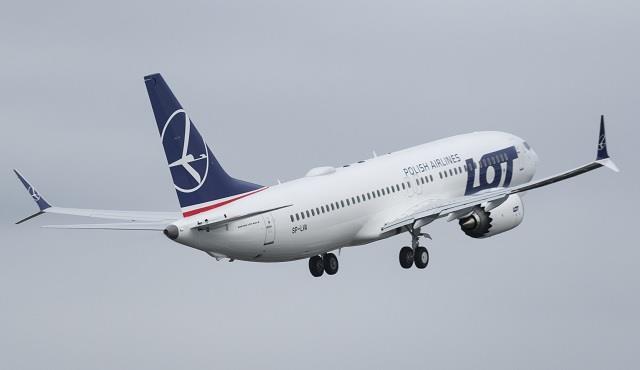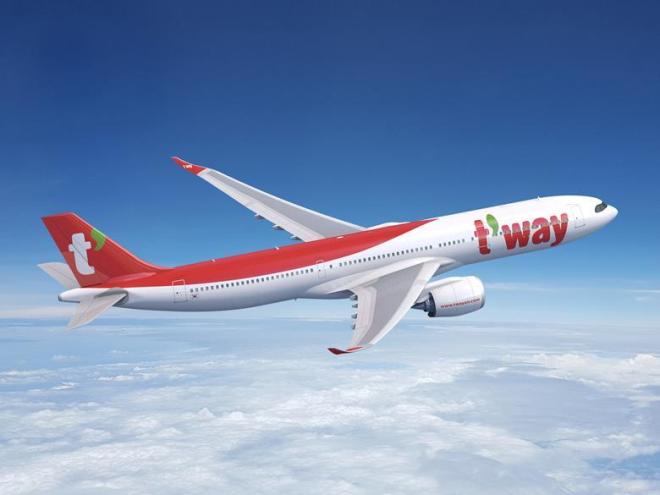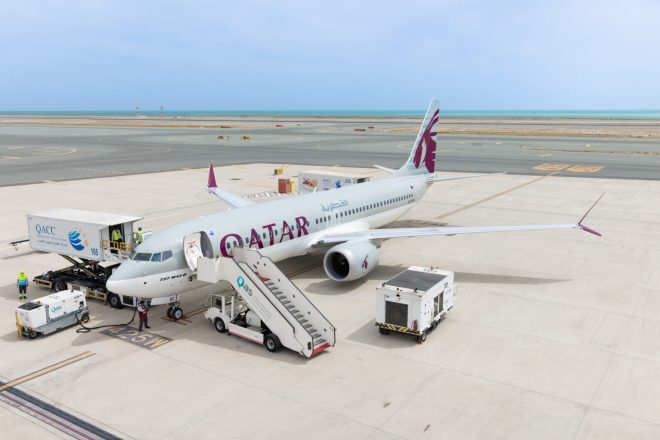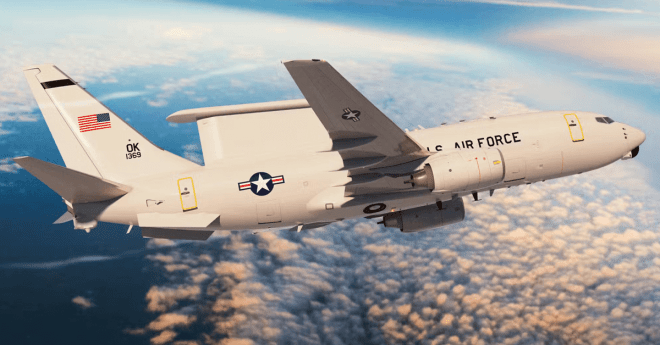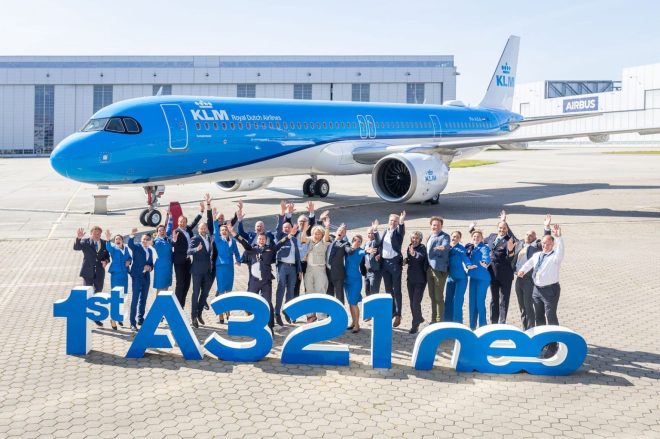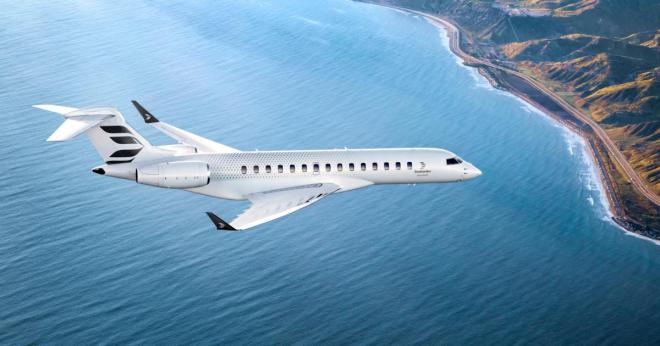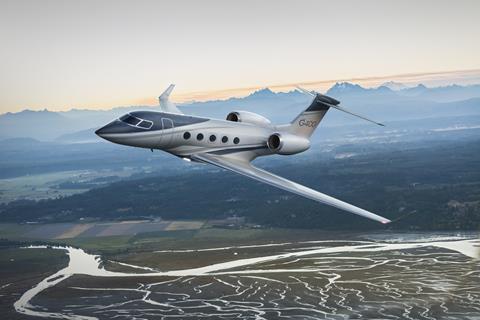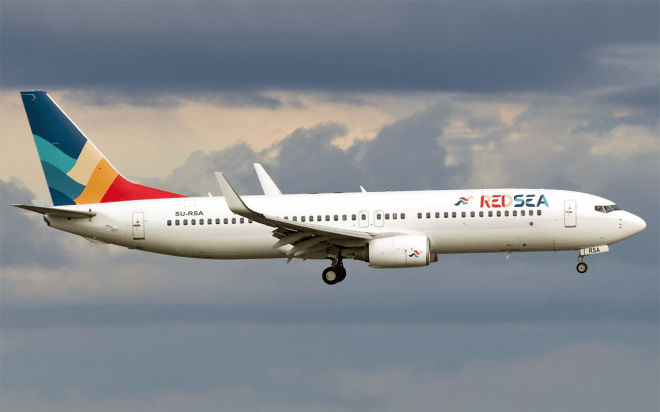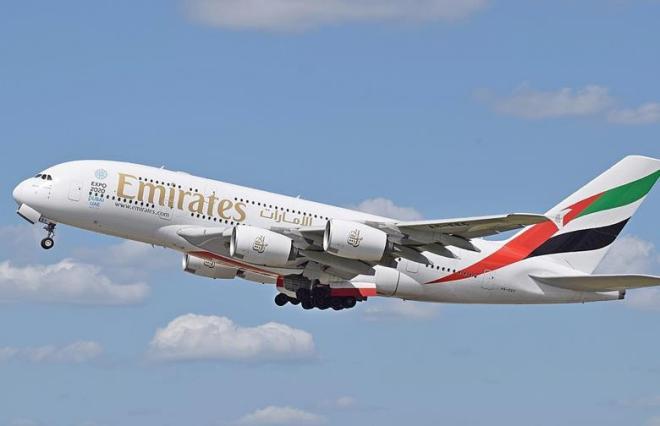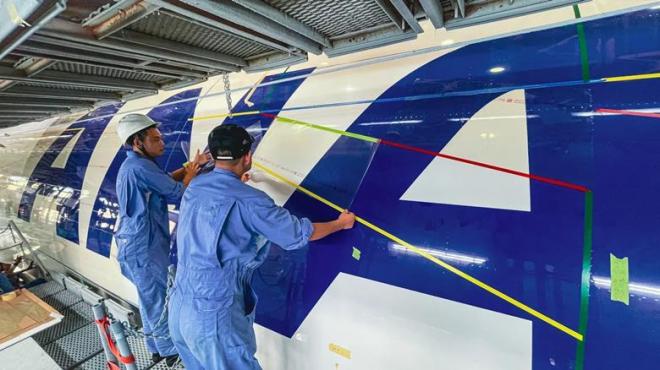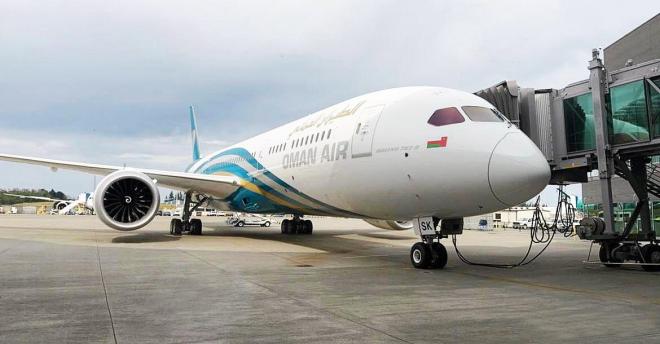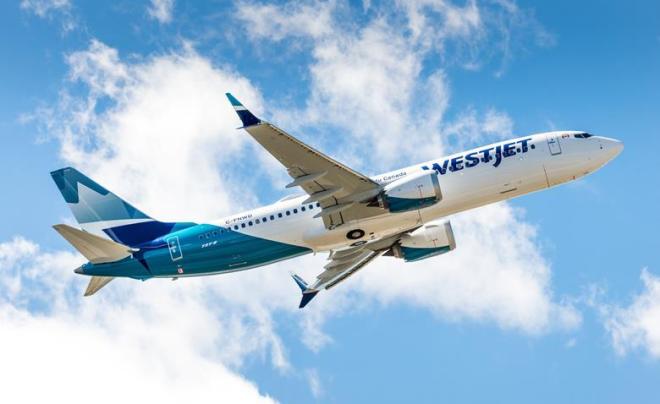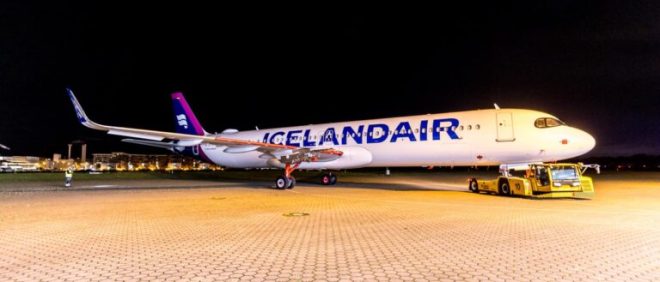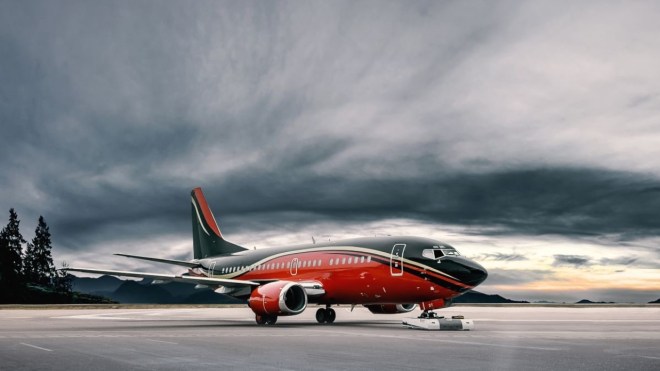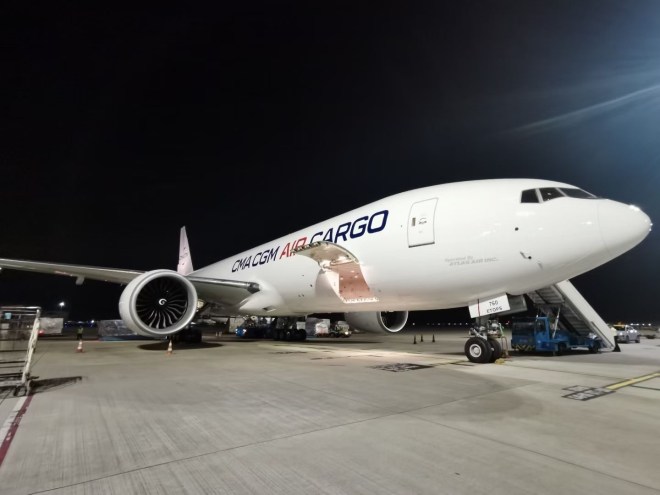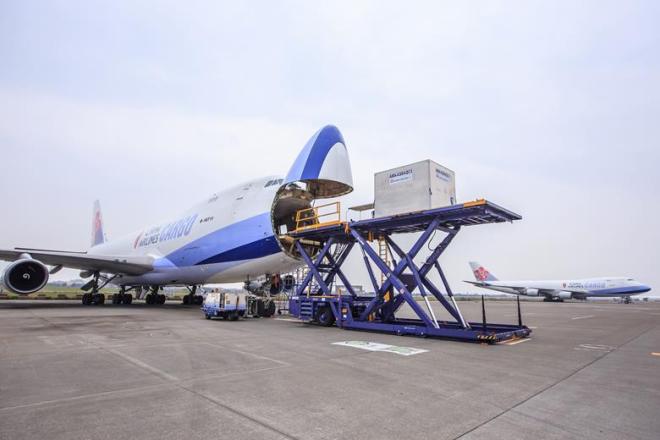ALL THINGS BOEING
Boeing Distribution Launches Unified Ecommerce Platform
Boeing announced a key milestone to modernize and integrate its distribution businesses with the launch of a new, unified commerce website. The new platform brings together Boeing Distribution’s portfolio of products and services into a streamlined digital destination, simplifying how customers and suppliers connect, transact and grow the company.
Over the past year, Boeing Distribution has implemented several key initiatives to strengthen operations and elevate the customer experience. These include enhanced AOG (Aircraft on Ground) access for faster response times, an improved customer support model that streamlines communication and resolution, and implementation of a new state-of-the-art enterprise resource planning system to unify data, improve visibility, and support more efficient service.
“We want to simplify distribution services, maximize customer performance and be the preferred choice for customers and suppliers in the global distribution marketplace,” said William Ampofo, senior vice president, Parts & Distribution and Supply Chain, Boeing Global Services.” The new commerce website along with system and service enhancements represents a significant step forward in that vision. Together, these investments strengthen our foundation and position us for continued growth.”
“Our integration journey doesn’t stop here,” said Travis Sullivan, Boeing Distribution vice president and general manager. Through innovation, operational excellence, and stronger supplier collaboration, we are building a modern, connected distribution business that improves the customer experience and provides the parts and services our global customers need, when and where they need them.”

Source: Boeing, Picture Boeing
Boeing Achieves Milestone With First Flight of KC-46 Tanker Equipped with Remote Vision System 2.0
Boeing has signaled progress with updating the KC-46 Pegasus tanker’s remote vision systems while it continues to look for sales opportunities in the Middle East.
The company has just flown the first KC-46 equipped with the new Remote Vision System 2.0(RVS 2), says Steve Parker, chief executive for Boeing Defense, Space & Security. The flight took place despite rainy weather conditions in Seattle. “That’s a huge milestone for the program”, says Parker. “So, we’ll go into testing now and into 2026, and we’ll do contact testing eventually as well.”
RVS 2.0 aims to resolve issues with the aircraft’s existing system, which can be challenged by image distortion and poor responsiveness in changing light and shadows. This can result in boom operators misaligning the boom or even damaging the receiving aircraft.
Unlike the KC-135, where the operator lies on his stomach and looks through a large window to guide the boom, the same process on the KC-46 is performed using a console in the cockpit. This improves ergonomics and crew communications but requires a robust visit capability. Qatar is known to be a potential customer. Parker also notes that the USAF has confirmed an acquisition of up to 75 additional aircraft.
Source: Boeing, Picture Boeing
Boeing Was Awarded a Contract for 15 Additional U.S. KC-46A Tankers
Boeing has been awarded a Lot 12 contract by the U.S. Air Force for 15 additional KC-46A Pegasus tankers, valued at $2.47 billion.“ Getting on contract helps ensure production stability, including our long-lead supply chain, to continue delivering the unmatched capability of the KC-46A,” said Jake Kwasnik, vice president and KC-46 program manager.
The U.S. KC-46A fleet has exceeded 150,000 flight hours, reflecting high utilization across training, operational sorties, and global deployment missions. There are 183 KC-46 A multi-mission aerial refuels on contract or in service globally, providing advanced capability advantages for the joint force and allies. This includes 98 delivered to the U.S. Air Force, six to the Japan Air Self-Defense Force and four contracted for the Israel Air Force.
Source: Boeing, Picture Boeing
ALL THINGS AIRBUS
Airbus Cuts Full-year Delivery target by 30 Aircraft
Airbus has cut its full-year delivery target to 790 commercial aircraft, down from the original target of 828. The airframer, which had already been dealing with substantial backloading, acknowledges that a “supplier quality issue” on A320neo fuselage panels is “impacting” the delivery flow. Airbus has not detailed the nature of the panel problem, nor the number of aircraft affected. But the matter has added to pressure on the airframer, whose target of 820 deliveries had appeared ambitious when a shortage of engines meant it had to park dozens of otherwise-completed aircraft at the mid-year point. Backloading of production has been characteristic of Airbus’s delivery profile for several years.
Over the pre-pandemic period from 2015 to 2019, the airframer achieved between 62.9% and 70.2% of its eventual full-year deliveries over the first nine months. Airbus had delivered 507 aircraft by the end of September this year, which equated to a lower proportion, 61.8%, of its intended 2025 target, although the company has recently increased capacity by opening new production lines at Mobile and Tianjin.
The delivery figure had reached 585 aircraft by the end of October, and the airframer would have needed to hand over 235 jets in the last two months. Airbus is maintaining its full-year financial guidance despite the reduced delivery target. The company overall is expecting adjusted earnings of $8.1 billion.
Source: Airbus, Picture Airbus
Airbus A320neo Panel Quality Centers On Thickness Deviations: EASA
Airbus’s quality issue with panels on the A320neo family centers on possible deviations in the thickness of various structures delivered to the airframer. The manufacturer had cited the panel problem when it revised its full-year delivery target downwards-from 820 to 790 commercial aircraft on 3 December.
Airbus issued an Operator bulletin on 16 December listing the serial numbers of aircraft potentially affected. The European Union Aviation Safety Agency states that the issue centers on the fuselage section 12, the structure in the region of the forward passenger door. EASA says the deviations from the specified thickness in combination with “ certain repair conditions could affect structural integrity.
It has ordered a visual inspection and full panel thickness measurement, as well as the implementation of corrective actions. EASA’s directive applies to different variants of the single-aisle family, from the A319neo to the A321neo, but does not list the A321XLR.
Sources: Airbus, FlightGlobal, Picture Airbus
REGIONAL/BUSINESS JETS
Luxair Receives First of Six Embraer 195-E2s
Luxair has taken delivery of its first Embraer 195-E2 regional jet, one of six due to be introduced at the carrier. The airline says the twinjet will be put into service early in 2026. It has firm orders for six more, which the airline unveiled an agreement for four in 2023, and augmented it with two more last year and holds options for another three.
Luxair had previously stated that the E2 would be fitted with 136 seats in a single-class layout.
The aircraft (LX-LEA) was flown from Embraer’s facility near São Paulo, via Recife and Gran Canaria, to Luxembourg over 28-29 November 2025. As our CEO Gilles Feith said, “Arrival of the first E195-E2 is a decisive step into Luxair’s future,” adding that the twinjet will strengthen competitiveness and reduce environmental impact.
Source: Luxair, picture Luxair
Bombardier Hands Over First Global 8000
On December 8, 2025, Bombardier celebrated the entry into service of its new flagship, the Global 8000, with a ceremony marking the first delivery of the ultra-long-range business jet at the company’s aircraft assembly center in Toronto. The twinjet received certification from Transport Canada last month; FAA and EASA approvals are pending.
Following a performance by Canadian rock musician Tom Cochrane, in front of an audience of company employees, government officials, suppliers, media, and special guests, Patrick Dovigi, a long-time Bombardier customer, took possession of the aircraft, which will supplant his Global 7500.“ Pride and excitement only begin to describe what the entry into service of theGlobal 8000 means for all 18,000 of us at Bombardier,” said company president and CEO Eric Martel.
“This revolutionary aircraft is redefining the business aviation landscape with its innovative design, signature smooth ride, unmatched performance, and a promise fulfilled to our customers.” First announced at EBACE 2022, the global 8000 is now the fastest in-service civil aircraft, with a range of 8,000 nm, opening up more nonstop city pairs. According to Bombardier, the advanced design of its wing, which features slats, gives it “takeoff and landing performance comparable to that of a light jet.”
Source: Bombardier, Picture Bombardier
OTHER AVIATION NEWS
Boeing Completes 737 ‘eco Demonstrator’ Technology Trials of Internet-Based Communications Technology
Boeing recently completed its 2025 “ecoDemonstrator” technology evaluation program using a 737 Max 8 as a platform to test advanced internet-based communication technologies. The Company used the aircraft, provided by United Airlines, to “evaluate a modernized data communication system” using Internet Protocol Suite standards and transmitted via satellite links, Boeing says.
Boeing used this 737 Max 8 operated by United Airlines to complete its 2025 ‘ecoDemonstrator’ program.“ The internet-based communications aim to enhance operational efficiency and flight safety while reducing air traffic congestion, fuel use, cost, and emissions,” the company adds. Internet-based communications also provide tighter cybersecurity, Boeing says.
The program involved nine flights piloted by United crew. Between 29 October and 2 November, the aircraft flew from Houston’s George Bush Intercontinental airport. It was then flown to Edinburgh in Scotland for additional flights on 6 and 7 November.“The data collected from these flight tests will be used by the Standards Committees to enact changes for a technical framework and for future implementation,” Boeing says.
Boeing handled technology integration for the project. Collins Aerospace supplied connectivity and avionics software, Embry-Riddle Aeronautical University managed a Federal Aviation Administration contract covering the testing, and Honeywell supplied prototype avionics software. The Team used satellite communications software from Thales and Viasat’s Communications services.
Sources: Boeing, United Airlines, Picture Boeing
United Strikes Sale-Leaseback Deals With SMBC Aviation Capital
United Airlines has agreed to sale-leaseback transactions involving 20 incomingBoeing 737 Max 9s with lessor SMBC Aviation Capital. The Irish lessor disclosed the sale-leaseback agreements, which apply to Max 9s delivered in late 2025 and 2026, on 10 December. It is the lessor’s third such deal with United, including a deal last year covering the lease of 20 Airbus A321neos from SMBC Aviation Capital’s order bookend sale-leaseback transactions of 20 737 Max 8s.
Michael Leskinen, United’s chief financial officer, says the latest agreement“ Supports our fleet strategy” and the Chicago-headquartered carrier’s ongoing fleet modernization efforts. Fleet data provided by aviation analytics firm Cirium shows that United has 115 737Max 9 jets in service and another 108 on order. United, a major Boeing customer, holds orders for 275 of the airframer’s latest-generation narrowbody jets, including 737 Max 8s and 9s, and still-uncertificated Max 10s, according to Cirium. The Carrier boasts an operational fleet of more than 1,000 aircraft.
Sources: Boeing, Aviation Analytics Firm Cirium
IN BRIEF
- Flybondi Argentinean low-cost operator, is to acquire up to 35 single-aisle aircraft, a mix of Airbus A220s and Boeing 737 Max jets.
- Canada Bombardier is to supply six Global 6500 business jets to the Royal Canadian Air Force(RCAF) under a $546 million contract.
- KLM Cityhopper has started operating Embraer 195-E2 twinsets with increased capacity.
- Boeing delivers B-52 with New Radar to the U.S. Air Force for testing. Modernization efforts will advance platform capabilities into 2050 and beyond.
- FAA certifies the Bombardier Global 8000, the company’s flagship ultra-long-range aircraft and the fastest business jet in production, at Mach 0.95.
- Rise Air Canadian passenger and cargo carrier, has taken delivery of its first ATR 72-600, becoming the latest-generation turboprop’s launch customer in the country.
Sources: Bombardier, KLM, Boeing, Flybondi
AIR CARGO
Air Atlanta Icelandic to Operate Fly Meta Converted 777-300ER
Air Atlanta Icelandic is to operate a converted Boeing 777-300ER on behalf of cargo company Hungary Airlines. The Twinget converted by Israel Aerospace Industries as 777-300ERSF is being supplied to Hong Kong-based lessor Fly Meta. Fly Meta emerged as a customer for the 777-300ERSF in early 2023 when Irish Lessor AerCap disclosed that it would provide four of the cargo jets to the company.
AerCap is a partner of IAI on the freighter conversion program. It states that it delivered the first 777-300ERSF to Fly Meta on 21 November. While Fly Meta had originally been set to receive four of the aircraft, AerCap indicates that it will supply three, with the second and third set to arrive respectively in the second and fourth quarters of 2016.
The 777s will be operated under a crew, maintenance, and insurance by Air Atlanta Icelandic, flying on behalf of Hungary Airlines.
Source: Air Atlanta Icelandic

Researched and Compiled by :
Ed Kaplanian Commercial Aviation Advisor
Contact – ekaplanian@yahoo.com
Editor: Lee Kaplanian


